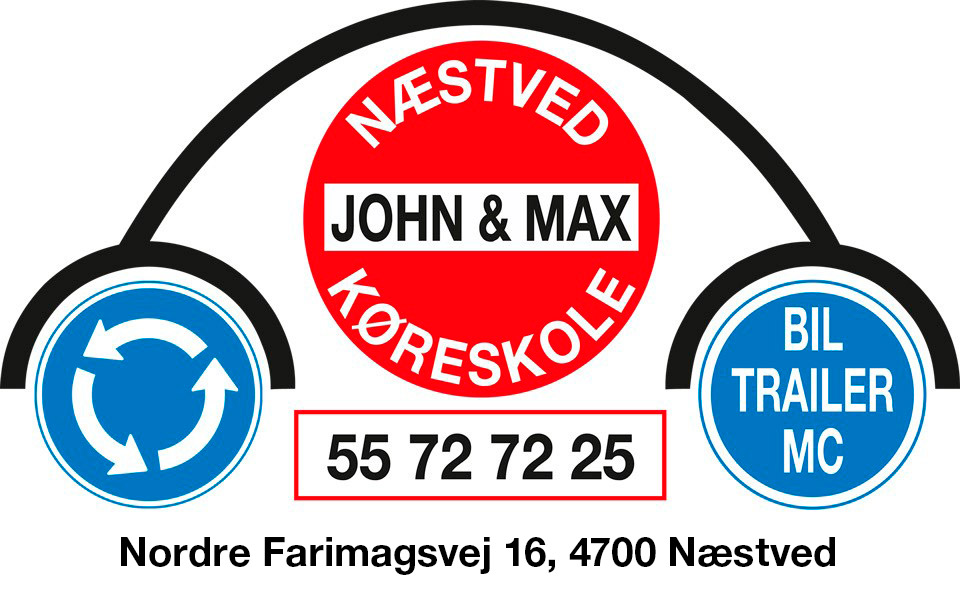Content
There isn’t a universal answer to what is better – being a contract worker or an employee. It all depends on an individual’s preferences and what they value more. And join us as we compare contract and full-time employment to discover their unique advantages and disadvantages. Another major difference between a contractor and an employee relates to their level of independence. We believe everyone should be able to make financial decisions with confidence. If you engage in a traditional hiring process, you can only hope for the best. Contract-to-hire employees prove themselves long before you have to make a long-term commitment.
If you hire temporary employees who prove themselves invaluable assets, bring them on board as full-time or contract-to-hire workers. If you run a small business https://remotemode.net/ and have finally realized you can’t do everything , hire contract workers. Putting a person on your payroll makes them an employee, not an outside contractor.
Who are part-time employees?
Additionally, you may be able to claim your tax deductions if you cover health insurance costs for your contract workers. Some of your business expenses are tax-deductible, but you’ll want to make sure you have a thorough understanding of your eligibility. The employer must pay payroll taxes for each of their full-time employees, as well as provide them with certain legally required benefits. One of the biggest advantages of being a contractor is having independence. Since you’re self-employed, you control your work hours and the projects or assignments you take. You can also contract with multiple companies instead of a single employer, which in many ways can provide greater income security. A full-time job is right for you if you’re working for a company you believe in that provides you with opportunity for growth.
Defensive terminology, Jaylen Brown’s contract and Rob Williams’ jumper: Celtics mailbag – The Athletic
Defensive terminology, Jaylen Brown’s contract and Rob Williams’ jumper: Celtics mailbag.
Posted: Tue, 03 Jan 2023 12:36:27 GMT [source]
In addition, as employees, they don’t have to deal with their income taxes – the employer covers them by deducting the designated amount of money from the employee’s gross pay. After all, training any new worker requires time and funds — and these are two things small-business owners don’t always have an abundance of on hand. In fact, you may not even personally have the skills to train an employee in the tasks required for your business. For this reason, independent contractors tend to be the best choice if you need specific expertise for a project in a short period of time. Working in the life sciences industry as a full-time, traditional employee, on the other hand, means that you are employed by a company and have a set job description and working hours. Full-time employees typically receive health insurance, paid vacation days, and 401k plans.
Contract vs. Full-Time
Generally, you can think of a contractor as providing services for you, but who’s working independently and pays taxes on money they receive from you. An employee, on the other hand, is on your team — you’re their supervisor, responsible for their behavior and also reporting their taxes. Biopharma companies often look for contractors with specific skill sets to work on short-term projects in other countries. Additionally, many contractors work remotely, as they often have multiple clients based in different areas. Contract work can be ideal if you want to gain international experience and see the world. Though they sound similar, an employee working on a contract basis is different from an independent contractor.
At its most basic, contract employment implies that an individual has been hired to perform a specific job at a defined rate of pay. A contract employee is not considered a permanent employee and they do not become a regular addition to the organization’s staff. The onboarding and training processes also differ greatly between contractors and employees. Full-time employees, in contrast, require lengthy onboarding processes to understand the intricacies of team dynamics, the company culture and overall goals. Learn the key differences between contractors and employees so you can hire the right type of workers for your business. Hourly employees typically work a preset schedule, then punch a time clock or use a timesheet to log hours. Salary employees might be paid a set amount per period, regardless of the exact number of hours they work.
How Long Can You Employ a Temporary Employee?
Generally, contract work does not provide the same level of benefits you would get working at a company as a permanent employee. You should take a contract job because contract work provides additional experience, knowledge, skills, and gives you more control of your schedule. A contract contract vs full time assignment also gives you the opportunity to work in different industries within a relatively short period of time. With contract and freelance jobs on the rise around the world, it is important to understand the difference between these options and regular “full-time” employment.
Robert Beaupre spent four years editing a variety of personal finance websites at QuinStreet, culminating in a role as senior editorial manager of the company’s insurance sites and managing editor of Insure.com. He then served as an online media manager for the University of Nevada, Reno, writing and optimizing web content for the school’s recruitment efforts. This may influence which products we review and write about , but it in no way affects our recommendations or advice, which are grounded in thousands of hours of research. Our partners cannot pay us to guarantee favorable reviews of their products or services. Employees usually receive payment on a regular basis (weekly, bi-weekly, monthly). Employers usually determine the sequence/order of tasks to be completed by employees. Of course, one of the less-obvious benefits of long-term employees is a sense of family and community.
